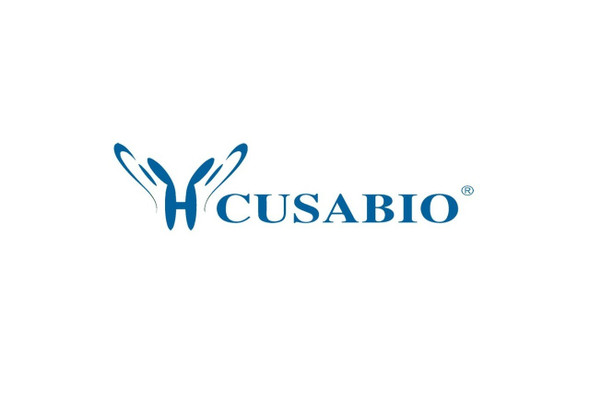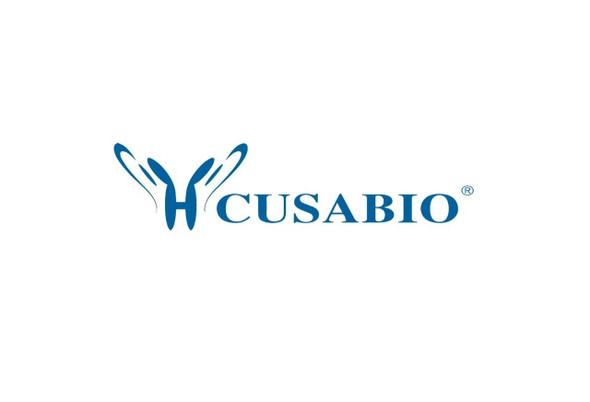Cusabio Influenza A virus Recombinants
Recombinant Influenza A virus Polymerase acidic protein (PA), partial | CSB-YP395880ILR1
- SKU:
- CSB-YP395880ILR1
- Availability:
- 25 - 35 Working Days
Description
Recombinant Influenza A virus Polymerase acidic protein (PA), partial | CSB-YP395880ILR1 | Cusabio
Alternative Name(s): RNA-directed RNA polymerase subunit P2
Gene Names: PA
Research Areas: Others
Organism: Influenza A virus (strain A/USA:Huston/AA/1945 H1N1)
AA Sequence: MEDFVRQCFNPMIVELAEKAMKEYGEDLKVETNKFAAICTHLEVCFMYSDFHFINEQGESIIVELGDPNALLKHRFEIIEGRDRTMAWTIVNSICNTTGAEKPKFLPDLYDYKENRFIEIGVTRREVHIYYLEKANKIKSEKTHIHIFSFTGEEMATKADYTLDEESRARIKTRLFTIRQEMASRGLWDSFRQSERGEETIEERFEITG
Source: Yeast
Tag Info: N-terminal 6xHis-tagged
Expression Region: 1-209aa
Sequence Info: Partial
MW: 26.6 kDa
Purity: Greater than 90% as determined by SDS-PAGE.
Relevance: Plays an essential role in viral RNA transcription and replication by forming the heterotrimeric polymerase complex together with PB1 and PB2 subunits. The complex transcribes viral mRNAs by using a unique mechanism called cap-snatching. It consists in the hijacking and cleavage of host capped pre-mRNAs. These short capped RNAs are then used as primers for viral mRNAs. The PB2 subunit is responsible for the binding of the 5' cap of cellular pre-mRNAs which are subsequently cleaved after 10-13 nucleotides by the PA subunit that carries the endonuclease activity.
Reference: "The NIAID influenza genome sequencing project." Ghedin E., Spiro D., Miller N., Zaborsky J., Feldblyum T., Subbu V., Shumway M., Sparenborg J., Groveman L., Halpin R., Sitz J., Koo H., Salzberg S.L., Webster R.G., Hoffmann E., Krauss S., Naeve C., Bao Y.Tatusova T. Submitted (APR-2007) to the EMBL/GenBank/DDBJ databases
Storage: The shelf life is related to many factors, storage state, buffer ingredients, storage temperature and the stability of the protein itself. Generally, the shelf life of liquid form is 6 months at -20?/-80?. The shelf life of lyophilized form is 12 months at -20?/-80?.
Notes: Repeated freezing and thawing is not recommended. Store working aliquots at 4? for up to one week.
Function: Plays an essential role in viral RNA transcription and replication by forming the heterotrimeric polymerase complex together with PB1 and PB2 subunits. The complex transcribes viral mRNAs by using a unique mechanism called cap-snatching. It consists in the hijacking and cleavage of host capped pre-mRNAs. These short capped RNAs are then used as primers for viral mRNAs. The PB2 subunit is responsible for the binding of the 5' cap of cellular pre-mRNAs which are subsequently cleaved after 10-13 nucleotides by the PA subunit that carries the endonuclease activity.
Involvement in disease:
Subcellular Location: Host cytoplasm, Host nucleus
Protein Families: Influenza viruses PA family
Tissue Specificity:
Paythway:
Form: Liquid or Lyophilized powder
Buffer: If the delivery form is liquid, the default storage buffer is Tris/PBS-based buffer, 5%-50% glycerol. If the delivery form is lyophilized powder, the buffer before lyophilization is Tris/PBS-based buffer, 6% Trehalose, pH 8.0.
Reconstitution: We recommend that this vial be briefly centrifuged prior to opening to bring the contents to the bottom. Please reconstitute protein in deionized sterile water to a concentration of 0.1-1.0 mg/mL.We recommend to add 5-50% of glycerol (final concentration) and aliquot for long-term storage at -20?/-80?. Our default final concentration of glycerol is 50%. Customers could use it as reference.
Uniprot ID: A4U6V9
HGNC Database Link: N/A
UniGene Database Link: N/A
KEGG Database Link: N/A
STRING Database Link: N/A
OMIM Database Link: N/A










